
This is an update to a post from a few years ago, which itself was an update to a webpage I wrote in 2008, with many updates in between. At that time, the goalposts for detecting WIMPs had already moved repeatedly.

This is an update to a post from a few years ago, which itself was an update to a webpage I wrote in 2008, with many updates in between. At that time, the goalposts for detecting WIMPs had already moved repeatedly.

And pretty much everywhere else First, a pretty picture: The sun is nearing the peak of its eleven year sunspot cycle. That means lots of sunspots and associated activity. Solar prominences, visible to the naked eye during the eclipse, are bands of plasma entrained in the magnetic field connecting pairs of sunspots.

I have been spending a lot of time lately writing up a formal paper on high redshift galaxies, so haven’t had much time to write here. The paper is a lot more involved than I told you so, but yeah, I did. Repeatedly.

We will return to our usual programming shortly. But first, a few words on the eclipse experience last Monday. It. Was. Awesome . That’s a few words, so Mission Accomplished. That’s really all I had planned to say. However, I find I am still giddy from this momentous event, so will share my experience of the day, such as words can humbly convey.
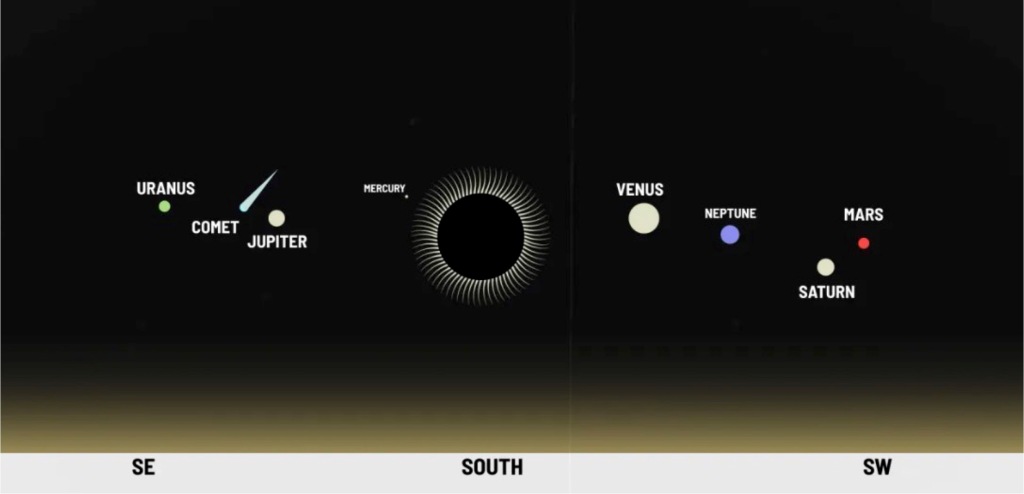
Perhaps the most compelling astronomical phenomenon accessible to a naked-eye observer is a total eclipse of the sun. These rare events have always fascinated us, and often terrified us. It is abnormal and disturbing for the sun to be blotted from the sky! A solar eclipse will occur on Monday, 8 April 2024. A partial eclipse will be visible from nearly every part of North America.
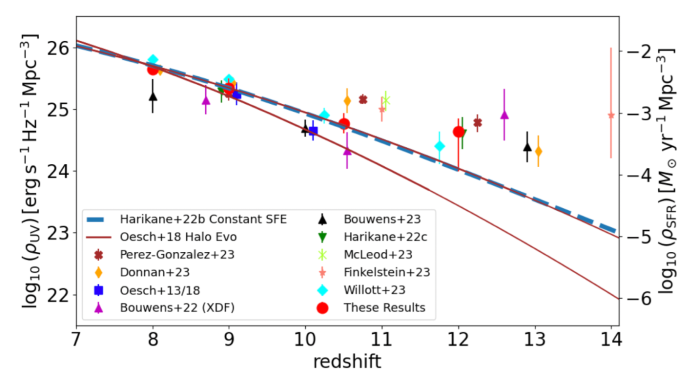
I just got back from a visit to the Carnegie Institution of Washington where I gave a talk and saw some old friends. I was a postdoc at the Department of Terrestrial Magnetism (DTM) in the ’90s. DTM is so-named because in their early days they literally traveled the world mapping the magnetic field. When I was there, DTM + had a small extragalactic astronomy group including Vera Rubin*, Francois Schweizer, and John Graham.
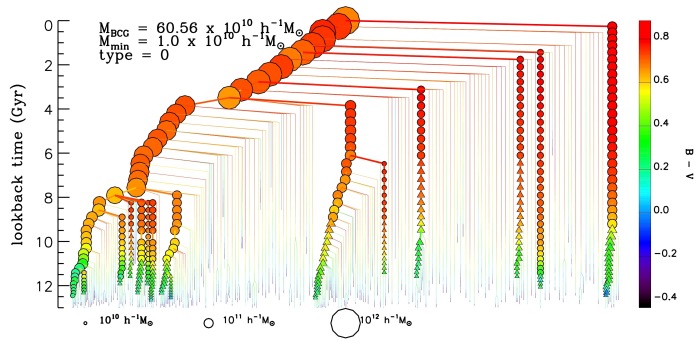
The results from the high redshift universe keep pouring in from JWST. It is a full time job, and then some, just to keep track. One intriguing aspect is the luminosity density of the universe at z > 10. I had not thought this to be problematic for LCDM, as it only depends on the overall number density of stars, not whether they’re in big or small galaxies. I checked this a couple of years ago, and it was fine.
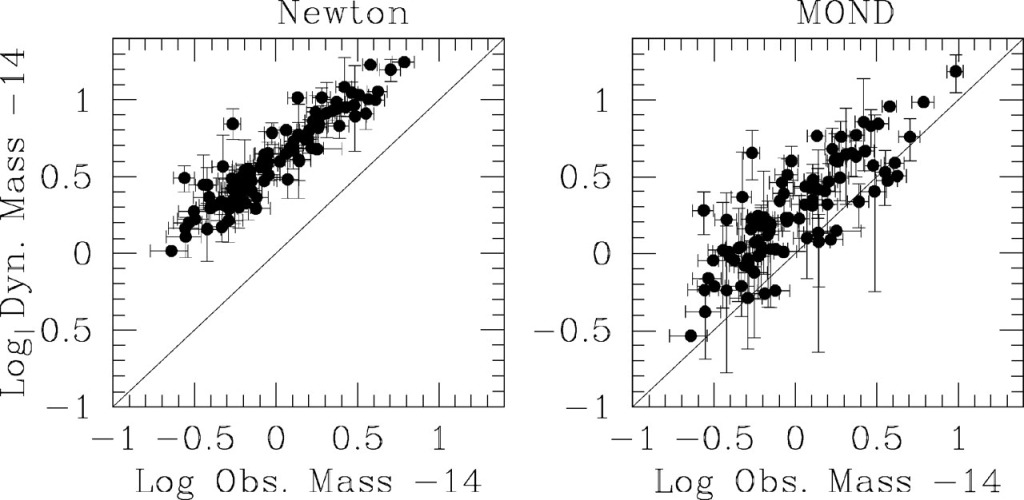
A common refrain I hear is that MOND works well in galaxies, but not in clusters of galaxies. The oft-unspoken but absolutely intended implication is that we can therefore dismiss MOND and never speak of it again. That’s silly. Even if MOND is wrong, that it works as well as it does is surely telling us something.
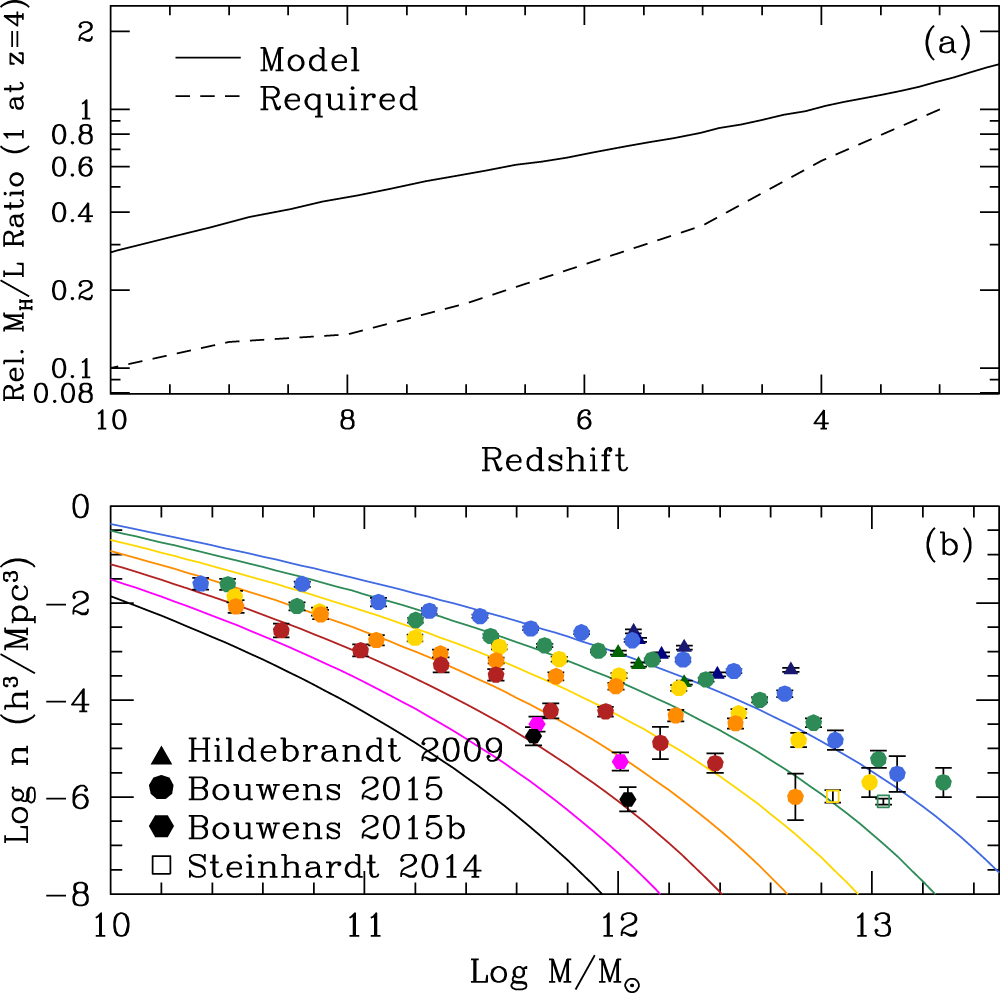
As predicted, JWST has been seeing big galaxies at high redshift. There are now many papers on the subject, ranging in tone from “this is a huge problem for LCDM” to “this is not a problem for LCDM at all” – a dichotomy that persists. So – which is it? It will take some time to sort out. There are several important aspects to the problem, one of which is agreeing on what LCDM actually predicts.

To start the new year, I provide a link to a discussion I had with Simon White on Phil Halper’s YouTube channel: In this post I’ll say little that we don’t talk about, but will add some background and mildly amusing anecdotes. I’ll also try addressing the one point of factual disagreement. For the most part, Simon & I entirely agree about the relevant facts; what we’re discussing is the interpretation of those facts.
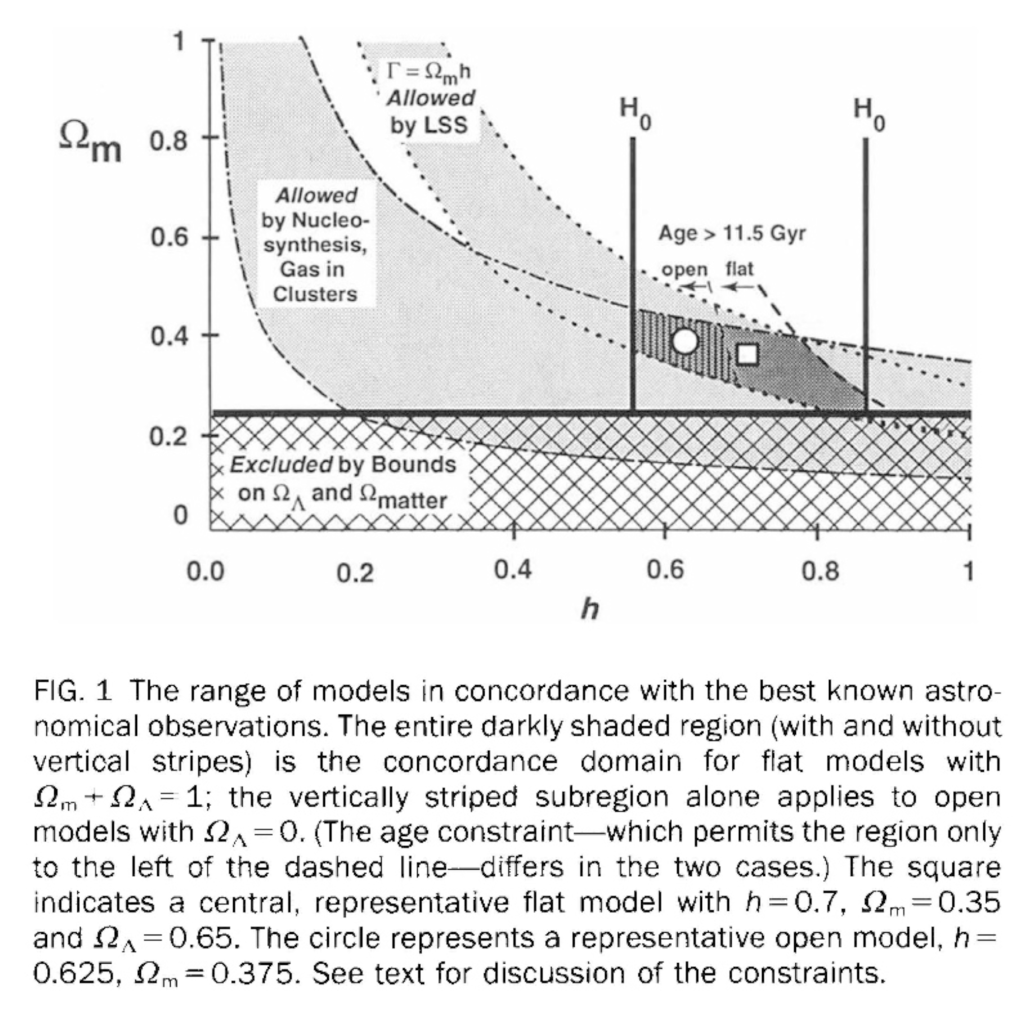
Screw the Earth and its smoking habit. The end of 2023 approaches, so let’s talk about the whole universe, which is its own special kind of mess. As I’ve related before, our current cosmology, LCDM, was established over the course of the 1990s through a steady drip, drip, drip of results in observational cosmology – what Peebles calls the classic cosmological tests. There were many contributory results;